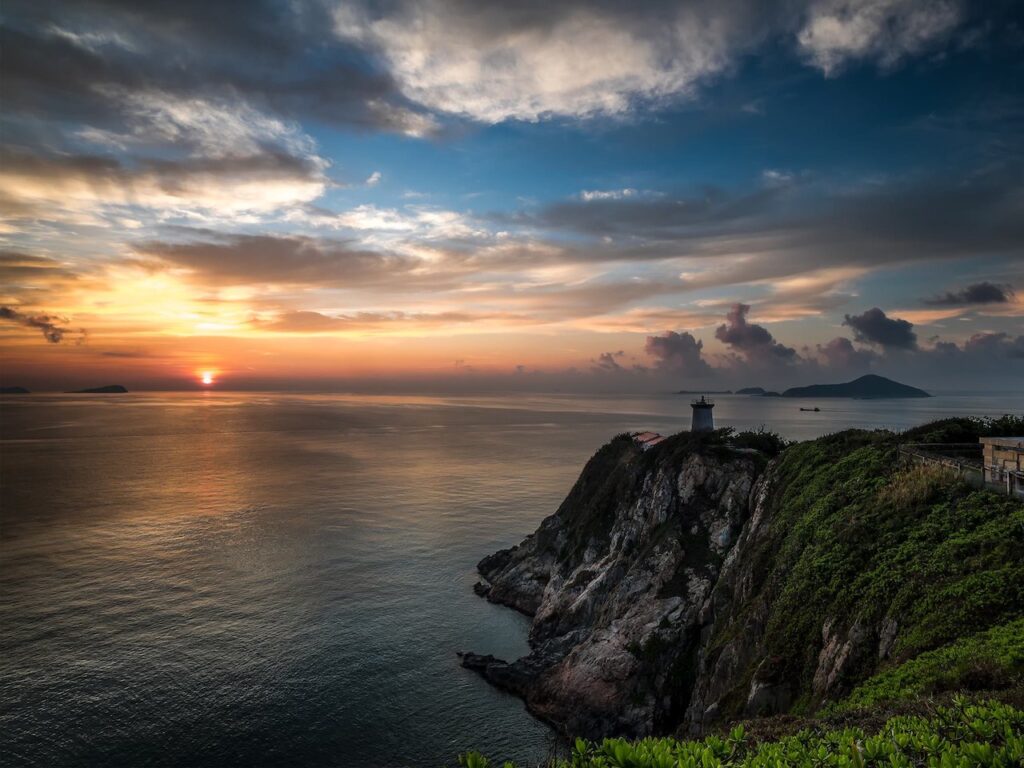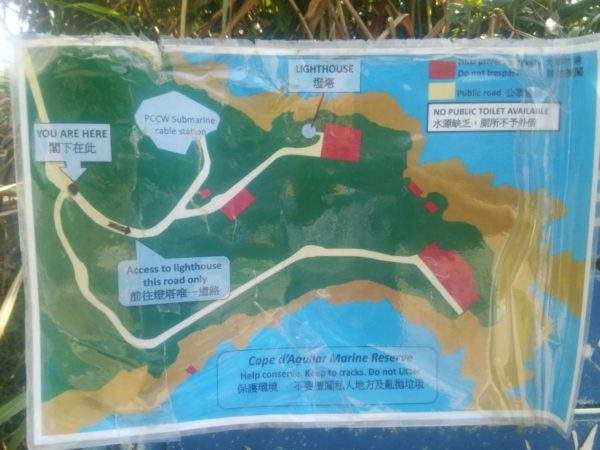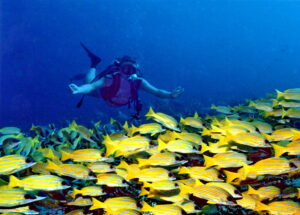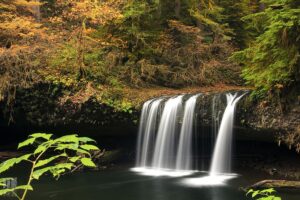Nature and Park Attractions in Hong Kong

Hong Kong, you must have heard of this city. Located in Asia Hong Kong is one of the busiest financial centres in the world. Apart from that, Hong Kong is also one of the most fun cities you could ever be in! From historical sites to nature to nightlife, you name it.

Nature Lovers! Here’s a list of the must visit nature sites you must visit in Hong Kong.
1. Cape D’ Aguilar
Cape D’ Aguilar, also known as “HokTsui”, is a peninsula located south of Shek O, also a personal favourite of mine. The trail into Cape D’ Aguilar ends with a Marine Reserve which offers panoramic views of the blueish sea and wonderful sky, spectacular scenery to be enjoyed from the coastal cliff. Let’s get on with how to get there.
Getting to Cape D’ Aguilar was not so easy in the past, and not until recent years when it became a popular location for shutterbugs did it become more easily accessible by public transport.
The most recommended way to Cape D’ Aguilar is by Bus No. 9, where you can easily hop on from the Shau Kei Wan Bus Terminus. The bus route brings you into the mountains of Shek O Country Park, already providing some eye-catching sceneries along the way.
There is already a dedicated stop called “Cape D’ Aguilar” so you will not have to worry about finding the stop to get off. Go along the main road after you do, and it takes around 45 minutes from there to travel through the beaten paths around the Radio transmitting Station to arrive at the Marine Reserve, where you will find the sea caves and the lighthouse. Almost towards the end of the road, there will be a junction letting you know you’ve reached your destination, Cape D’ Aguilar.




Just before you go, don’t forget to have a look at the skeleton of a killer whale named “Hoi Wai” which has been displayed outside the Institute. Hoi Wai had been performing in the Ocean Park, one of the two theme parks in Hong Kong, until her unfortunate death in 1997. She has been part of our collective memory for our generations of Hong Kong citizens ever since.

2. Thousand Island Lakes (千島湖)
Another favourite of mine, also a recent hot spot on Instagram, is the “Thousand Island Lakes” located at Tai Lam Chung Reservoir. The Reservoir was built between 1952 to 1957 in Tai Lam Country Park, and the
MacLehose Trail Stage 10 that we are taking today passes through the north side of the reservoir.
How do this “thousand islands” all make sense? The reservoir was built in an afforested area and was once an open valley. Now flooded, those many hills which were inside when the reservoir was being filled up peek out of the lake, creating a stunning scene of dozens of small islands in the centre of the reservoir. It is a huge resemblance of the original thousand island lake (“Qian Dao Lake”) which is located in Zhejiang, China, and definitely sets itself apart from other reservoirs you can see in Hong Kong.



You may spend up to an hour here in an attempt for your award-winning shot (it is indeed very, very crowded on the weekends).

If you have decided to keep going, then with more or less an hour of declining stairs you will find yourself at Tai Tong. In recent years Tai Tong became extremely famous for the leaves of Sweet Gum Tress that turn fiery red during Autumns and Winters (November to February depending on the weather).
These trees have been planted along the trail, and are definitely an epic bonus scenery full of red leaf trees if you are coming at the right season. To reach the city, keep walking downhill for 20 to 25 minutes until you see a junction with a bus stop across the street. It should be easily seen as there is usually a long queue of people waiting for the same bus after their wonderful hike.
Instead of checking out the picturesque sceneries online, why not try to experience yourself? Fly from Toronto to Hong Kong now! Book your flights with Cathay Pacific, one of the top 4 leading global airlines in 2019, the 5-star airline with top-notch passenger experience and one providing the best onboard products. Have a safe and pleasant journey with Cathay Pacific and catch you in Hong Kong soon! See you there!








